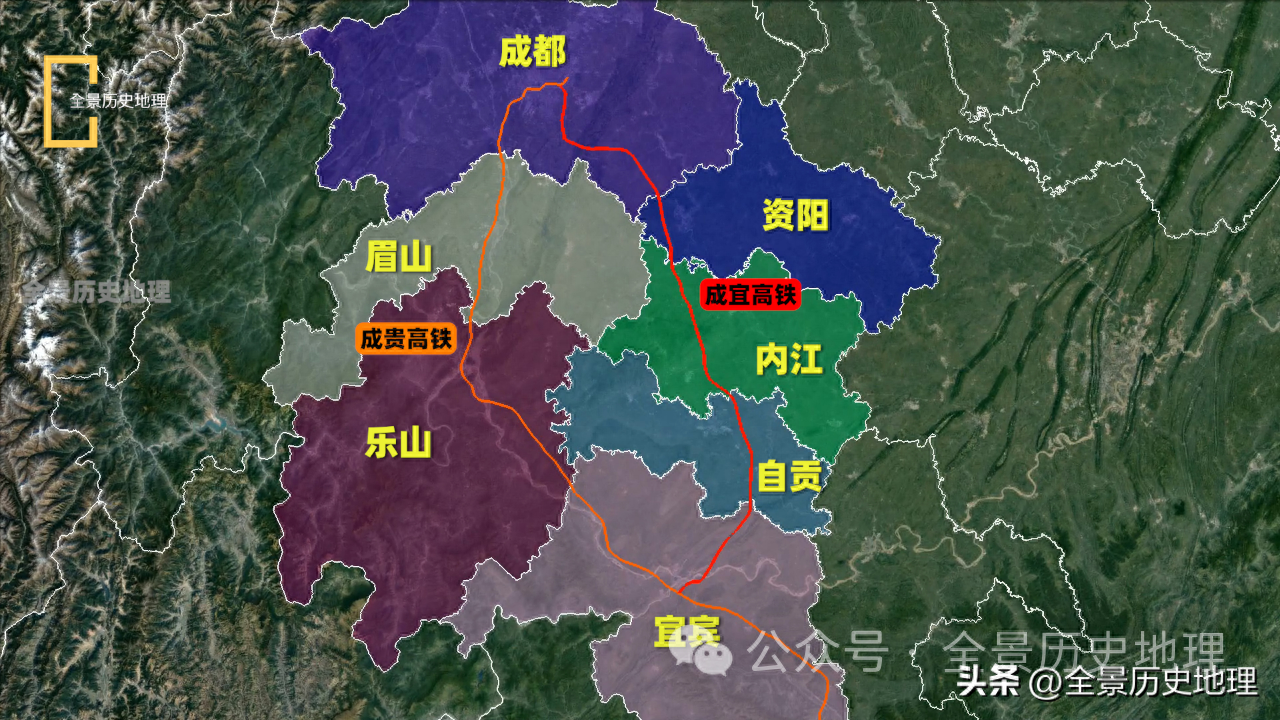Where do the stripes and spots on animals come from
Science Popularization GardenScience and Technology Daily, Beijing, November 9th (Reporter Zhang Mengran) Nature does not lack patterns. For example, people are familiar with leopard spots, zebra stripes, and the hexagonal shape of the cichlid
Science Popularization Garden
Science and Technology Daily, Beijing, November 9th (Reporter Zhang Mengran) Nature does not lack patterns. For example, people are familiar with leopard spots, zebra stripes, and the hexagonal shape of the cichlid. But how were these patterns formed? There has always been no complete explanation. Now, engineers at the University of Colorado at Boulder in the United States have demonstrated that the physical processes that help remove clothing dirt also play a role in the process of tropical fish obtaining colored stripes and spots. The research results were published in the 8th issue of the journal Progress in Science.
In 1952, mathematician Alan Turing proposed a bold theory on how animals obtain their own patterns. He hypothesized that as tissue develops, chemicals are produced that diffuse through the tissue, similar to the process of adding milk to coffee.
However, although the Turing mechanism can produce patterns, it does not diffuse clear patterns - when milk diffuses into coffee, it flows in various directions with a blurry outline.
Taking the patterns on the body of the rhinoceros as an example, these patterns are very complex and have a clear hexagonal yellow outline. Researchers believe that Turing theory alone cannot explain this, so they began to explore whether diffusion electrophoresis plays a role in the formation of natural patterns.
When molecules move in liquid in response to changes such as concentration differences, diffusion electrophoresis occurs and accelerates the movement of other types of molecules in the same environment. This is actually how clothes become clean.
Rinsing clothes soaked in soap with clean water can remove dirt faster than rinsing clothes soaked in soap water, because the movement of soap molecules can suck out dirt. When clothes are placed in soapy water, there is no difference in soap concentration, and dirt will stay in place.
The researchers used the Turing equation to simulate the skin of the cichlid. The computer generated a pattern with blurry purple dots and faint black contours, and the team modified the equation to incorporate diffusion electrophoresis mode. The results showed that the generated pattern was very similar to the bright and sharp bicolor hexagonal pattern seen on the fish.
This means that when chemicals diffuse through tissues, as described by Turing, they also generate pigment cells through diffusion electrophoresis drag, just like soap removes dirt from clothing. These pigment cells form clearer outlines of spots and stripes.
This study not only has potential applications in the fields of engineering and materials science, but also provides reference for studying the role of diffusion electrophoresis in biological processes such as embryonic development and tumor formation.
Disclaimer: The content of this article is sourced from the internet. The copyright of the text, images, and other materials belongs to the original author. The platform reprints the materials for the purpose of conveying more information. The content of the article is for reference and learning only, and should not be used for commercial purposes. If it infringes on your legitimate rights and interests, please contact us promptly and we will handle it as soon as possible! We respect copyright and are committed to protecting it. Thank you for sharing.(Email:[email protected])



















